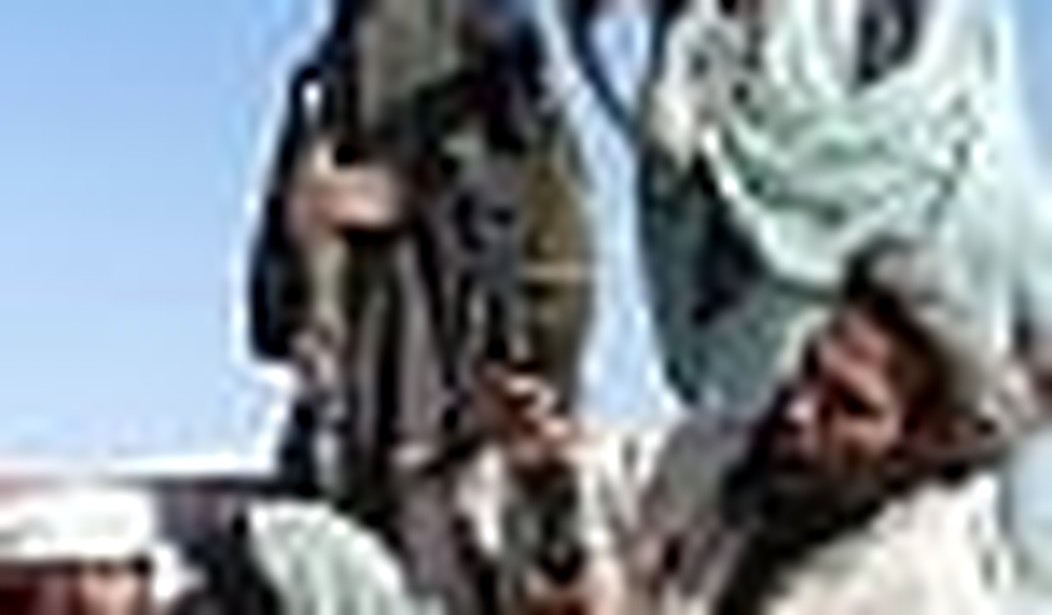Kandahar province is the strategic keystone for Afghanistan sitting as it does between the central Hindu Kush Mountains and the Registan Desert forming the country’s southern border. The province is also at the center of political turmoil as the United States begins a two-year troop withdrawal.
And the trends are not good. Part of the problem is the weakness of the U.S.-backed Afghan government’s political and military presence. Rather than actually build governmental institutions and the national army the power went to President Karzai’s tribal allies. There isn’t any real army there, just tribal militias. And they aren’t a very effective fighting force or a popular one. The result has been gains by the Taliban and numerous security breaches.
http://www.youtube.com/watch?v=l375Th-uRK8
On the political level, the power-brokers have been tribal strongmen allied to the Karzai family who consolidated their rule during the turbulent 1980s and 1990s. But disorganization, corruption, and the limited power of these tribal leaders did not create a strong authority. Thus, the Taliban has been able to challenge the government militarily and politically.
What saved the situation was the presence of NATO forces with massive armament and logistical abundance. They gained apparent control of Kandahar. But under the surface the Taliban has been chipping away and now that the withdrawal of foreign forces approaches, death tolls are growing for both NATO and Afghan units. The fact that Ahmed Wali Karzai, half-brother of Afghanistan’s president and the area’s most powerful ruler, could be killed by his own trusted bodyguards shows how deceptive the supposed stability is in reality.
The next victim of the anti-government campaign was Kandahar mayor Ghulam Haider Hamidi. He rose to power as an anti-corruption campaigner and survived a March 2009 assassination attempt.
Far from being focused narrowly on terrorism, the Taliban is strategically smart in exploiting Kandahar’s political and tribal dynamics. It offers protection and services in exchange for political support to officers or officials who look the other way and leave it alone. Local Afghans are often attracted by its justice system that, while harsh, is deemed fairer than the government courts and police. Others feel the government has ignored their needs.
This is a classical revolutionary insurgency situation in which the government and its foreign supporters — along with their media — keep arguing that things are going well while the termites are chewing away at the structure’s foundations.
The Taliban, of course, also has its problems. Rival factions fight over territory, political primacy, and — in some areas — over the narcotics business. Taliban forces lack money and weapons, which motivates them to kidnap people for profit. This is also done for media attention and to intimidate opponents. If they could be starved of funds and supplies, as well as splintered even more, that would be an important strategy for defeating them.
But is the tide really turning in that direction? The U.S. troop withdrawal President Barack Obama has announced is strengthening the Taliban since everyone knows—from a standpoint of both fear and opportunism—that it will still be there after the Americans depart. To make matters worse, the U.S.-Pakistan relationship is declining due to the killing of Osama bin Laden, the inadequacy of Pakistani anti-terrorist methods, and U.S. drone attacks in the border area.
Watch Kandahar. If you hear about growing fighting, assassinations, and Taliban gains there it will likely preface an offensive elsewhere and on a national level. Time seems not to be on the side of NATO and the government. NATO is leaving; the Afghan army depends on NATO; and the Afghan army is unlikely to win in Kandahar.









Join the conversation as a VIP Member